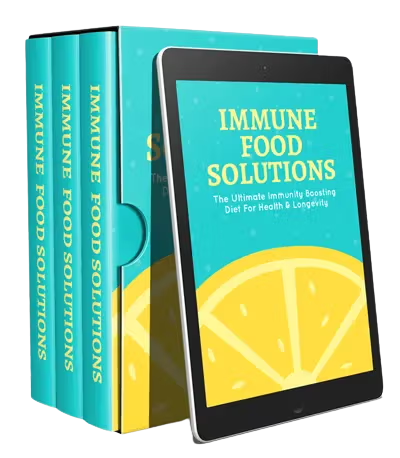
Introduction
So, what foods make up an alkaline diet? In essence, the alkaline diet consists of foods that help balance the body’s pH levels. Best described as fruits, nuts, vegetables and legumes, all high in alkaline, this diet avoids acidic foods like meat, dairy, and processed sugars. As we delve into the alkaline diet, we’ll find it’s not simply about what you eat, but how those foods impact the acidity and alkalinity within your body. Peek into the pantry of this pH-balanced diet and you’re likely to find an array of colourful produce, heart-healthy nuts and seeds and a smattering spicy condiments. If you’re intrigued, read on – we’ll unveil the vibrant and versatile foods that make up this eating regime.
A Bounty of Fruits
For a fruitful start to an alkaline diet, whole fruits and fruit juices are key players. Whether you’re savoring sweet berries, relishing ripe bananas, crunching crisp apples, or savouring succulent watermelon, these delightful delicacies are all brimming with alkalinity.
Naturally Sweet
Nature’s candy, as fruit is often rightly referred to, not only satiates your sweet tooth, but it also helps keep your body’s pH in check. Consume them raw or blend them into your favorite smoothie for a quick, easy, and refreshing alkaline boost.
Versatile Vegetables
From leafy greens to hearty root vegetables, alkaline diets are undeniably vegetable-centric. Cucumbers, broccoli, kale, spinach – these are just a few of the vegetables that slide onto the alkaline side of the pH scale.
Green Goodness
Green is indeed the go-to color when it comes to alkaline-oriented veggies. Color your plate with a variety of vibrant greens every day and you’ll be well on your way to striking the right pH balance.
Noteworthy Nuts and Seeds
The mighty nuts and seeds lend a satisfying crunch to any alkaline diet. Almonds, flax seeds, sunflower seeds – all rich in alkaline – make for great snack alternatives or additional garnish to your salads.
Critical Crunch
Don’t underestimate these wee warriors. Packed with plant-based proteins and healthy fats, the nutrients in these nuts and seeds crunch their way to balancing your body’s pH levels without compromising on taste.
Astonishing Alkaline Grains
Not all grains make the cut in an alkaline diet. Select ones like quinoa, millet, and amaranth are alkaline forming and add an element of heartiness without triggering acidity.
Grains of Truth
Incorporate these wholesome grains into your diet for nutritional wholesomeness. A hearty barnyard breakfast bowl or an earthy salad base, they add a pop of alkalinity and a diverse nutritional profile to any dish.
Conclusion
In truth, the concept of an alkaline diet can be traced to the harmony of the body’s internal environment. It’s less about strict restrictions and more about focusing on fresh, nutrient-dense foods that provide a host of health benefits. Undertaking the alkaline diet journey is essentially an invitation to embrace balance – not just within the confines of your kitchen but extending to your body, your health, and indeed, your life.
Frequently Asked Questions
1. Are eggs allowed in an alkaline diet?
Eggs, being an animal product, are considered acidic and traditionally aren’t part of an alkaline diet.
2. Is coffee alkaline or acidic?
Coffee is indeed acidic, and individuals following an alkaline diet might choose to reduce their intake or choose alkaline substitutes.
3. Are all fruits and vegetables alkaline?
Most fruits and vegetables are alkaline-promoting, but there are exceptions like tomatoes, blueberries, and cranberries which are acidic.
4. Can you lose weight on an alkaline diet?
An alkaline diet promotes consuming whole, nutrient-dense foods and avoiding processed ones, which can naturally lead to a healthy weight loss.
5. How can I check my body’s alkalinity level?
A pH test using saliva or urine can give you a rough estimate of your body’s alkalinity level. However, it’s always best to consult a healthcare provider for a comprehensive checkup.



